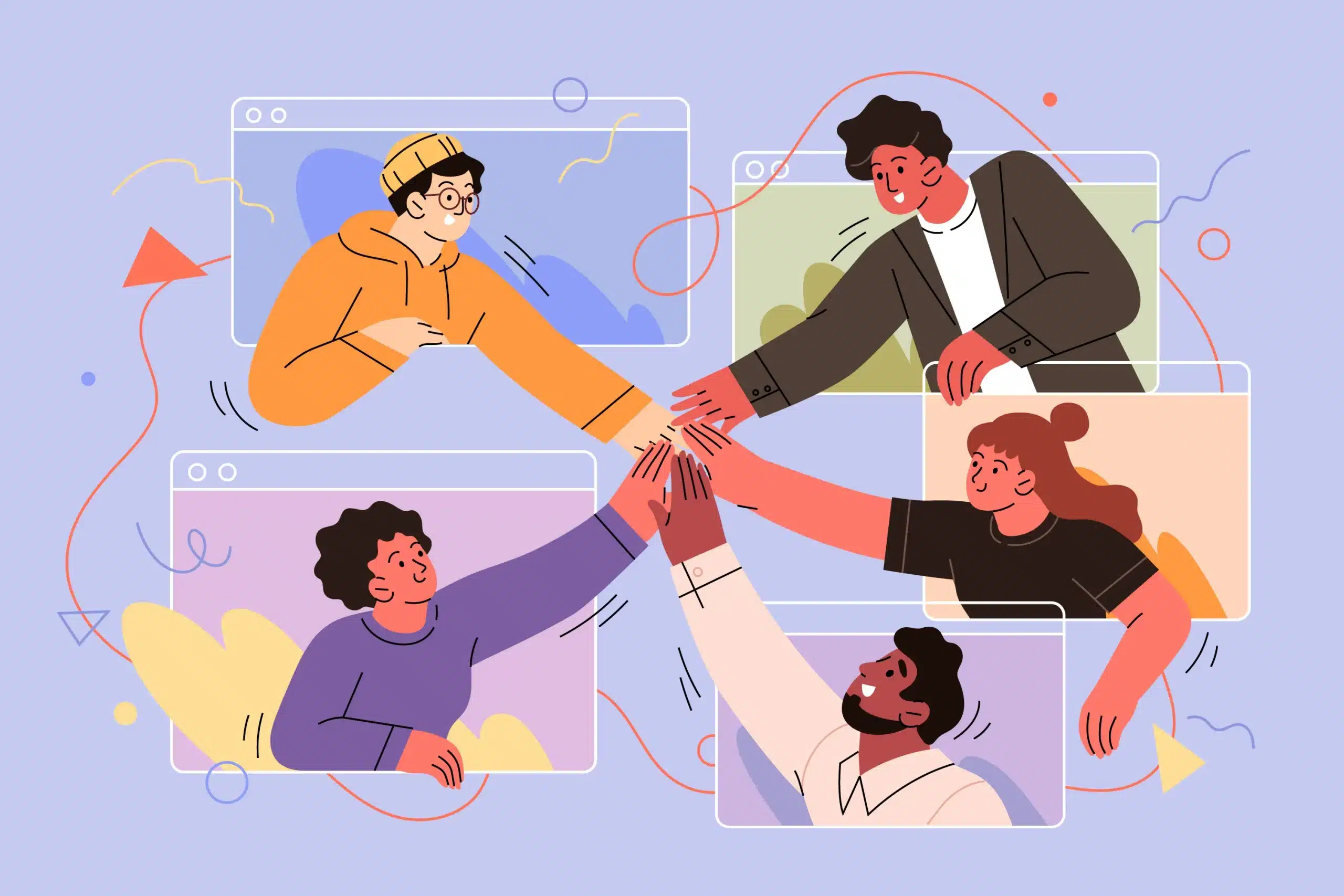Retaining top talent is no longer just an HR goal; it’s a business necessity. In today’s competitive job market, employees have more options than ever, and even minor dissatisfaction can lead to turnover. The cost of replacing an employee can reach up to two times their annual salary, making retention one of the most critical aspects of workforce management.
A strong employee retention strategy does more than keep people on payroll. It builds loyalty, boosts productivity, and strengthens your company culture. The key lies in understanding what drives employees to stay and creating an environment that supports their growth, purpose, and well-being.
Here are ten evidence-based tips to help you build a retention strategy that keeps your best people engaged and committed for the long term.
Tips For Creating Employee Retention Strategy
Let’s explore the human side of HR tech and develop strategies to ensure your employees stay with you for the long haul.
Understand The Value of Your Team
Your employees are not just resources; they are the core of your company’s success. Acknowledging their individual contributions and treating them as partners rather than positions builds trust and loyalty.
Make appreciation part of your culture. Celebrate milestones, highlight achievements in team meetings, and ensure employees know how their work contributes to the bigger picture. When people feel valued, they stay motivated and committed.
Tailor Your Employee Retention Strategy
No two employees are motivated by the same things. Some value flexibility, while others seek growth opportunities or recognition. Avoid blanket retention policies and personalize your approach instead.
Gather feedback regularly through surveys or one-on-one check-ins to understand individual needs. Offer flexible work models, personalized learning paths, and clear career progression to align with each employee’s aspirations.
Cultivate a Positive Workplace Culture
Culture is the invisible glue that holds teams together. A positive and inclusive work culture creates emotional commitment that goes far beyond paychecks.
Encourage respect, transparency, and collaboration. Recognize good behavior publicly and address toxic habits quickly. When employees feel psychologically safe and respected, they are far more likely to stay and contribute their best.
Prioritize Open and Honest Communication
Transparent communication builds trust. Employees want to understand company goals, leadership decisions, and how their efforts fit into the bigger mission.
Create consistent communication channels — from weekly check-ins to company-wide updates. Encourage open feedback and listen to employees’ ideas or concerns. When communication flows both ways, retention naturally improves.
Invest in Skill Development and Career Growth
Career stagnation is one of the biggest reasons employees leave. Providing learning and development opportunities signals that you care about their long-term success.
Offer upskilling programs, access to online courses, and mentorship initiatives. Encourage employees to set growth goals and support them with clear pathways to achieve them. Investing in learning not only retains talent but also strengthens your organization’s capabilities.
Recognize and Reward Effort Regularly
Recognition doesn’t always have to be monetary. A simple “thank you” or public acknowledgment can go a long way in making employees feel seen.
Implement a recognition system that highlights achievements, whether through peer nominations, monthly awards, or surprise shout-outs in company meetings. Consistent appreciation builds morale and reinforces positive behavior.
Promote Work-Life Balance
Employees who feel overworked or undervalued are the most likely to leave. Promoting work-life balance shows that you respect their time and well-being.
Encourage flexible schedules, hybrid work options, and realistic workloads. Normalize taking breaks and discourage after-hours communication unless truly necessary. A healthy work-life balance improves both retention and performance.
Encourage Team Bonding
People don’t just stay for the job; they stay for the people they work with. Building a sense of community helps employees feel supported and engaged.
Organize team-building activities, virtual coffee chats, or cross-department projects that promote collaboration. Strong team bonds foster belonging, one of the strongest predictors of long-term retention.
Use Exit Feedback for Continuous Improvement
When employees leave, their feedback is a goldmine for improvement. Conduct structured exit interviews to understand what went wrong and how you can prevent similar issues in the future.
Analyze trends in turnover data and act on them. Whether it’s compensation, management style, or workload, continuous improvement ensures your retention strategy evolves with employee needs.
Exit interviews provide a platform for departing employees to share their experiences, concerns, and suggestions. These insights are like gold dust for your organization. By attentively listening to what your employees have to say, you gain the opportunity to adapt and improve your employee retention plan.
Lead with Empathy and Consistency
Leadership plays the most critical role in retention. Employees don’t quit companies. They quit managers. Empathetic, fair, and consistent leadership can make all the difference.
Train managers to build trust, communicate effectively, and recognize early signs of disengagement. When leaders prioritize people over processes, employees feel respected, supported, and motivated to stay.
Conclusion
An effective employee retention strategy is not about short-term fixes; it’s about building long-term relationships. Retention thrives when companies invest in their people, not just through pay but through trust, growth, and recognition.
Every organization is different, but the foundation is the same: value your employees, listen to their needs, and create a workplace where they can grow and belong. When people feel supported and inspired, they don’t just stay, they help your company move forward.
Frequently Asked Questions
1. What is an employee retention strategy?
An employee retention strategy is a structured plan designed to keep top talent engaged, satisfied, and committed to the company. It includes initiatives that address career growth, recognition, communication, and workplace culture. A strong strategy focuses on both professional and emotional factors that motivate employees to stay long term.
2. Why is employee retention so important?
High employee turnover is expensive and disruptive. Replacing an employee can cost up to twice their annual salary, according to Gallup (2023). Beyond cost, turnover damages team morale and productivity. Effective retention strategies help companies maintain continuity, preserve knowledge, and foster a stable, motivated workforce.
3. How can companies improve employee retention?
Companies can improve retention by listening to employee feedback, investing in career development, and maintaining open communication. Offering flexible work options, fair compensation, and consistent recognition also play key roles. The most effective strategies combine tangible benefits with a culture that values people.
4. What are the main reasons employees leave an organization?
Employees often leave due to lack of growth opportunities, poor management, burnout, or feeling undervalued. A weak company culture and unclear communication also contribute to attrition. Understanding these reasons helps leaders design retention strategies that address real employee needs instead of surface-level perks.
5. How does Supersourcing help companies improve employee retention?
Supersourcing helps businesses build and manage high-performing remote engineering teams with a strong focus on engagement and retention. Through transparent hiring, clear communication systems, and ongoing support, Supersourcing enables companies to create a work environment where employees feel valued, connected, and motivated to stay.



